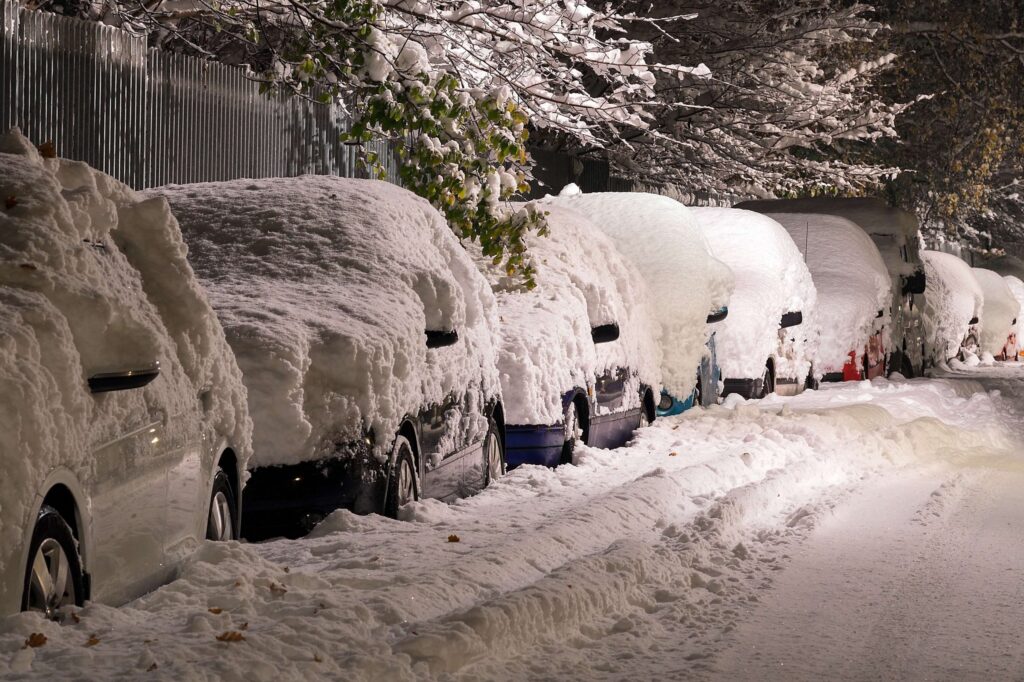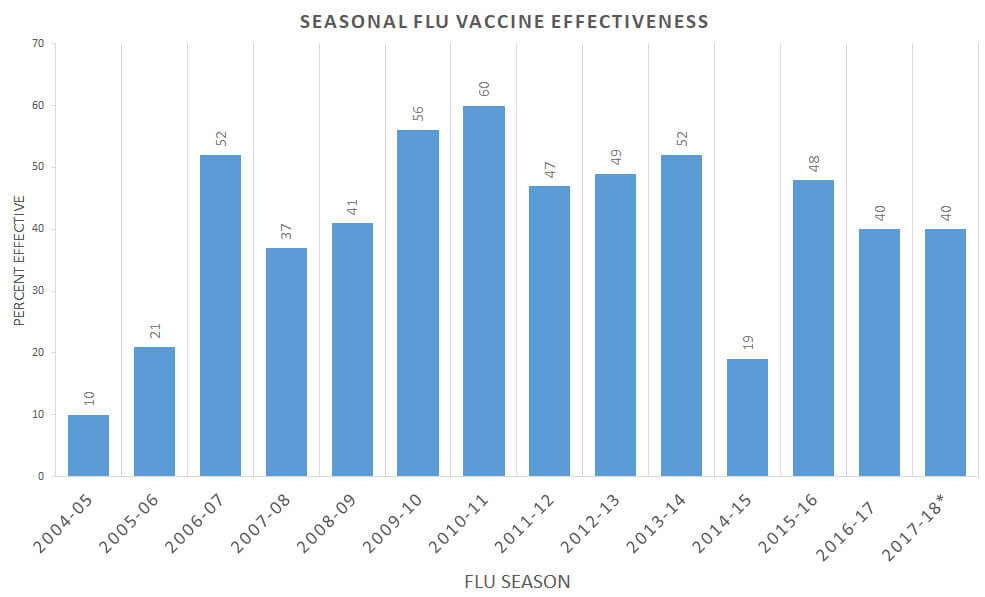
Winter is here which signals snow, holidays, and the flu season. As the season progresses, we start to change more of our routine to adjust. And now, we have endless big data sets to analyze. But some of that data doesn’t bode well on our well-being and that of others. Data shows things are changing, and it’s not all good.
Tired and dreary
A winter wonderland is pretty to look at, but the weather has a way of stifling our livelihoods. Winters mean shorter, darker, colder days which sets us up to be depressed and sick. Hospitals and emergency rooms are overwhelmed with patients and overworked staff. What happens when beds and resources are all occupied? Patients and staff are forced to wait. The weather increases the chance of illness and accidents, even criminal activity. Turns out, unseasonably warm winters lead to a rise in crime. Because weather affects mobility, experts note summers have higher crime rates than winter. But a warm shift is much more noticeable in winter than in the summer. A cold winter keeps people indoors, perpetrators and victims alike, but a warm winter changes our behavior.
A warm winter sounds dangerous (in more ways than one), but the typical cold winter isn’t much better. While some might be more criminally restrained, we’re still threatening another way of life. Salting roads is normal before a snowfall, that way we’re able to melt snow and ice more quickly on roads. But this roadway safety practice simultaneously destroys local environments by changing the chemical balance. Tainted run-off and watershed easily enter water systems. Salt in the water ends up drawing metals out of the soil, making the water dangerous to wildlife. And increased salinity doesn’t fade away. It can stick around for months after the winter,
Chance of snow?
When we think of winter, we think of snow. This year, some parts of the US already saw snow in November. Does this mean this winter will be cold? Not for everyone. The Southwest will see colder temperatures, but the rest of the US will have a warmer winter due to El Niño. What’s the big deal, some places always get snow. Any kind of snowy weather (freezing rain, sleet, wintry mix) is a safety hazard. The number of fatal car accidents increase following winter precipitation is higher than it should be. Maybe enough people don’t know, you can’t drive the same way in snow as you would on a non-winter day. Vehicles, passengers, and pedestrians are all at risk in winter weather. Even if you don’t think you see ice, icy road accidents lead to more than 1,800 deaths every year. Don’t drive? Be careful when you shovel, especially the older you are since shovel-related injuries are common every winter.
*Follow winter driving tips from the National Safety Council and stay safe.
It’s flu season
Scientists create a new flu vaccine every year to combat newer, dangerous strains that threaten our health. If you got the flu shot, you’re a little bit safer from the flu. Scientists rely on old viruses and data to create a vaccine that will help prevent contracting the new flu. But remember the flu vaccine is preventative, not a cure for people who already have the flu. However, scientists weren’t able to combat all dangerous strains last year and the ineffective flu vaccine led to deaths. Deaths from the flu
But wait! Don’t let this data deter you from getting the vaccine. Despite any doubts you might have about it, it’s what keeps the general population safe from a pandemic. Data shows that while vaccines don’t have an immediately obvious result, avoiding vaccines has dangerous consequences. It’s not a good sign when data shows more patients are seeking healthcare providers with flu-like symptoms when less than half of the US chooses to vaccinate. Imagine if fewer people chose to vaccinate. All this data should only convince more people to get the vaccine, or else we’ll have a deadly pandemic on our hands. Data has proven time and time again that avoiding vaccines are only harmful. So by protecting your own health, you’re also protecting those at risk such as infants, elderly, pregnant women, cancer patients, and others. Just a small increase in vaccinations increases the number of prevented deaths (because flu-related deaths are preventable).
*For more information about the flu vaccine, refer to the CDC website.
Stay safe this season
Because we have so many ways and sources to collect data, there’s no limit to using big data and improve the winter season. Pay attention to winter data to keep yourself and others safe.


